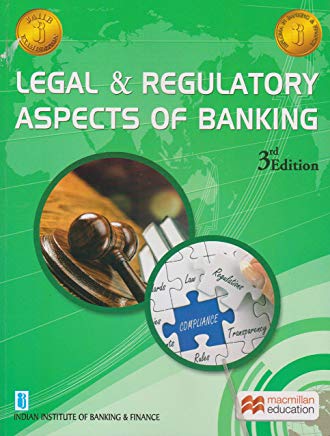JAIIB PPB Unit 1 - Indian Financial System - An Overview (Year: 2019)
1. NBFC are allowed to raise money from the public and lend monies through various instruments for ex leasing, hire purchase and bill discounting.
2. Primary dealers deal in government securities, primary as well as secondary markets.
3. FI are financial institutions which provide long term funds for industry and agriculture.
4. Co-operative banks are allowed to raise deposits and give advances from/to public.
5. Urban co-operative banks are controlled by State government and RBI.
6. Other co-operative banks are controlled by State Government and NABARD.
7. CRR is a percentage of demand and time liabilities of a bank which is deposits held by the bank.
8. SLR is a percentage of demand and time liabilities of a bank which is held in prescribed government securities by the bank.
9. Bonds and debentures are examples of corporate securities and can be used to raise debts.
10. Debts, equities and derivatives are examples of securities.
11. SEBI is the capital market regulator.
12. Merchant bankers aka Investment bankers are licensed by SEBI and they issue stocks, raise fund and manage them.
13. FII are authorized by SEBI to invest in Indian equity and debt market through stock exchanges.
14. Depositories held securities in demat form (not physical).
15. Mutual fund pools money from investors and invests in stocks, debt and other securities.
16. The three regulatory authorities are:
- RBI - for banks
- SEBI - for capital markets and
- IRDA - for insurance sectors
JAIIB Study Material
| JAIIB Paper 1 Study Material |
| JAIIB Paper 2 Study Material |
| JAIIB Paper 3 Study Material |


